Solitaire - Classic card game
Classic card game, challenging levels, customizable themes – endless fun awaits.

- 1.31.305 Version
- 4.9 Score
- 5M+ Downloads
- Free License
- 3+ Content Rating
Introducing Solitaire
Exciting new version of the classic card game Solitaire, also known as Classic Solitaire or Patience. This game stays true to the original while adding a fun and challenging twist that appeals to all players. Easy to get started with, but difficult to become an expert at, making it a favorite among both casual gamers and casino enthusiasts.
Highlights include:
- Move cards with a single tap or by dragging and dropping
- Various attractive themes to personalize your experience
- Test your skills with daily challenges
- Clean and accessible menus for easy navigation
- Choose between drawing 1 card or 3 cards at a time
- Features like auto complete and auto-save to enhance gameplay
- Enjoy unlimited free UNDO moves and hints
- Perfect for left-handed players
- Compatible with tablets
- And more exciting features on the way!
Get ready for a delightful Solitaire experience!
Things to Know
The Goal: The goal of the single-player card game is to get rid of your cards and build the deck into a sequence and by suit from ace through king. The game is won when the whole deck of cards is built into the foundation.
Tableau: The seven piles on the main table
Foundations: The four piles of the sequence the player is trying to build from the tableau, beginning with the King. The four aces will go at the bottom of the foundation
Stock: Also known as the hand pile, the remaining cards form the pile the player uses to bring additional cards into play
Waste: Also known as the talon, the discarded cards from the stockpile that are not playable at the moment
How to Play
In order to win Solitaire, you need a solid understanding of the rules and structure of the game. Kings are the highest card in this game and Aces are the lowest.
Setup
- The tableau is set up by creating seven piles.
- Start from the left, place the first card faceup and deal one card facedown for the other six piles
- Move to the second pile, putting a card in the second pile faceup and dealing a facedown card to the remaining five piles
- Move to the third pile and put a card faceup, dealing a facedown card to the other four piles. As you deal, the cards in the tableau should not be directly on top of each other but should create a cascading column of cards.
- Repeat with each pile until the seventh pile has six cards facing down and one card facing up. Pile one should have one faceup card, pile two should have one facing down and one facing up, pile three should have two cards facedown and one card faceup, four will have three cards facedown and one faceup and so on.
- The remaining cards are the stockpile. There should not be any cards in the waste pile or the foundation yet.
Play
- Your goal is to create a sequence among the seven piles in descending order (King, Queen, Jack, 10, 9, 8 and so on), alternating colors.
- If you move a faceup card onto another faceup card from the tableau, you can turn over the facedown card you’ve just unblocked.
- If you’re left with an empty space in one of the piles, you can put a King (and only a King) in its place.
- If you have aces, move them to the foundation, where you’ll eventually put all four aces. Here, you can start building up by suit in ascending order (Ace, 2, 3, 4, 5 and so on) The last faceup card on a sequence pile (or the most recent one put down in that pile) can be moved to the ace foundations. It’s generally a good idea to play lower cards here by suit in the ace foundations.
- Use the stockpile to draw a card one at a time. If you can use it in one of your piles to create a sequence or count up by suit, do so. If you cannot use it, move it to the waste pile and draw again.
- You can also stack columns by adding one sequence to another if the first faceup card matches the descending pattern. After you've shifted the column over, it will free up a facedown card, which you can turn over.
- If you have used all of the cards in the stockpile and all the facedown cards are revealed, you should be able to successfully move all the cards to the ace foundations. This is how you win the game.
Scoring
Though not all players are in it to earn the most possible points, there is a definitive scoring system in Solitaire. Here is a guide to standard scoring of Solitaire:
- Stock to tableau: 5 points
- Tableau to foundation: 10 points
- Turn over tableau card: 5 points
- Foundation back to tableau: -15 points
- Bonus points for timed games: 700,000/seconds played, plus 2 points deducted for every 10 seconds played
How Solitaire evolved into one of the most popular card games to exist
There are several theories for how the single-player game came to be.
One possible origin is from an imprisoned French aristocrat in the Bastille (prison) who invented the game in the early 17th century, BBVA reports. Another says the first documented reference to the game came in 1697 as an engraving of a French Princess playing a version of the game with holes and pegs. Others say it was invented by a French mathematician who created the game to entertain King Louis XIV.
Another story has it dating to the end of the 18th century in the Baltic region of Europe as a form of fortune-telling. As Britannica reports, if a game was able to be finished or won it would mean the player’s desire would come true. The game was also known as Patience around this time, but the two became interchangeable over the decades. The oldest collection of Patience games was published in 1826 in Russia, and the first English language collection arrived in the 1860s.
There are hundreds of variations of the game on record, even utilizing different shapes or multiple card decks to get the job done.
As the digital age came into focus, Solitaire got a new home – the computer. Microsoft added Solitaire to computers in 1990. While many think the game was added for some downtime during the work day or as a fun solo game, it was actually designed to get users more digitally acclimated. Microsoft needed its users to get comfortable with drag-and-drop functions, so the popular game became an online one with much success.
- Version1.31.305
- UpdateSep 11, 2024
- DeveloperBig Cat Studio - we make brain games
- CategoryCard
- Requires AndroidAndroid 4.4+
- Downloads5M+
- Package Namesolitaire.solitairemaker.solitaire.klondike.card
- Signature53665213cd905ee8f2577b539239e6ff
- Available on
- ReportFlag as inappropriate
-
NameSizeDownload
-
35.56 MB
-
24.30 MB
-
23.73 MB




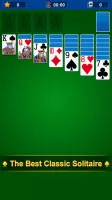
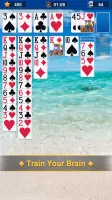
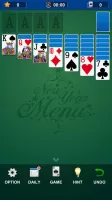
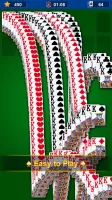
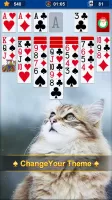
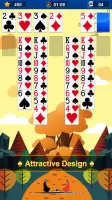

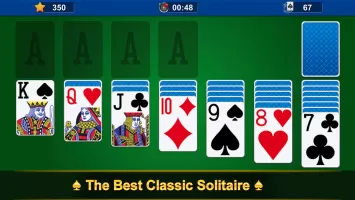
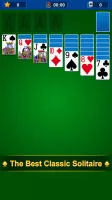
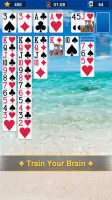
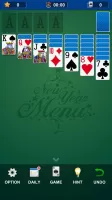
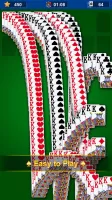
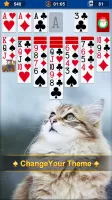
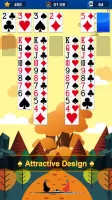
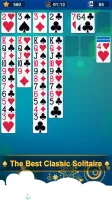
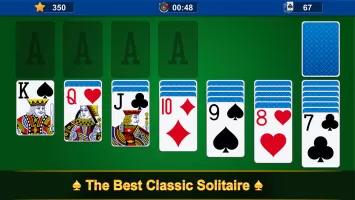

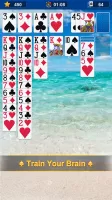
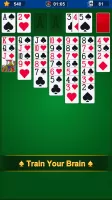
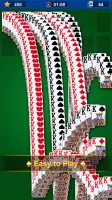
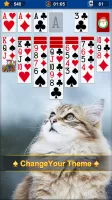
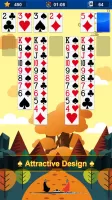
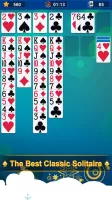
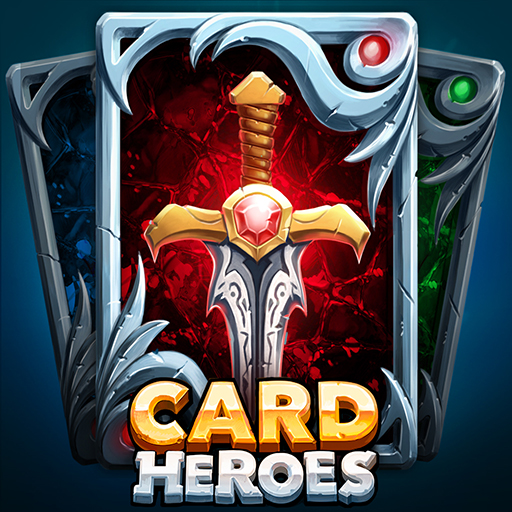


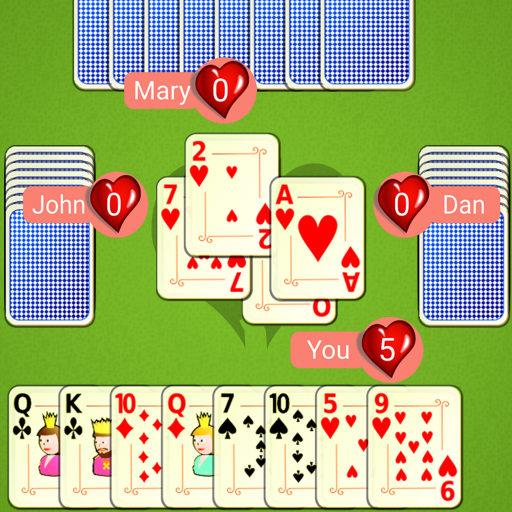

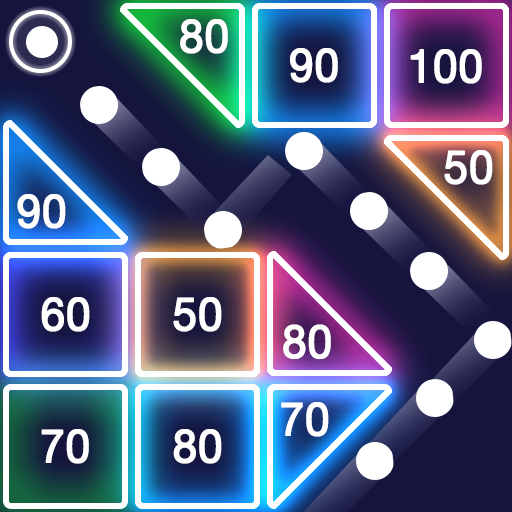















easy to play
Daily challenges go good with morning coffee
Customizable deck front and back, aswell as backdrop
only changes the cards twice
hints don't always work